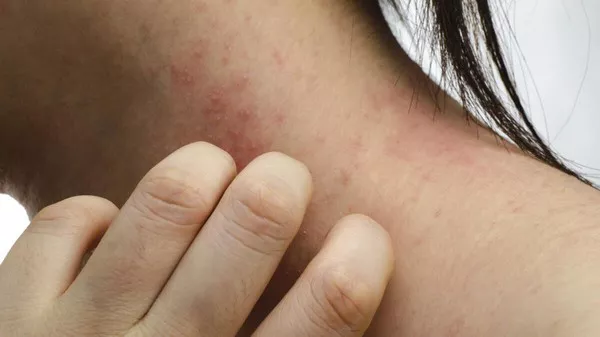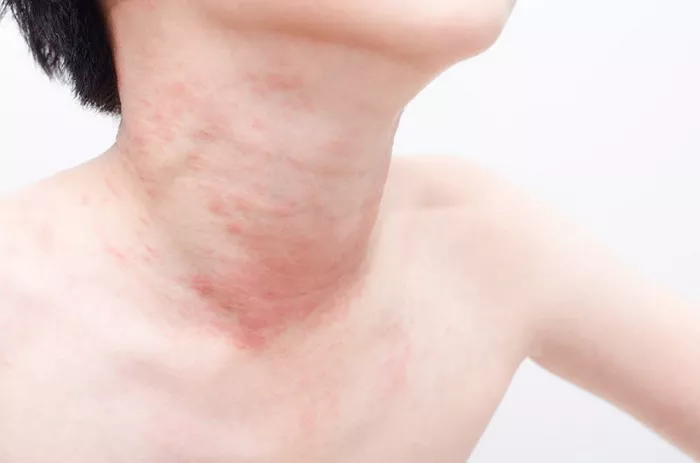Shingles, also known as herpes zoster, is a viral infection caused by the varicella-zoster virus (VZV), which is the same virus that causes chickenpox. After a person recovers from chickenpox, the virus can remain dormant in nerve tissue near the spinal cord and brain. Later in life, especially when the immune system weakens due to aging, stress, or other factors, the virus can reactivate, leading to shingles. This condition is characterized by a painful rash that typically appears in a specific area of the body. One common question that arises about shingles is whether a person is contagious before the rash appears.
The Varicella-Zoster Virus and Transmission
To understand whether someone with shingles is contagious before the rash appears, it’s important to consider how the varicella-zoster virus spreads. The virus can be transmitted through direct contact with fluid from the shingles blisters. This fluid contains active virus particles that can infect individuals who have never had chickenpox or who have not been vaccinated against VZV.
Contagious Period of Shingles
The contagious period of shingles begins when the rash first appears and continues until the blisters crust over. During this time, the virus can be spread through direct contact with the rash, primarily through the fluid within the blisters. It’s crucial for individuals with shingles to avoid close contact with others who have not had chickenpox or the chickenpox vaccine, particularly those who are at risk of severe complications from VZV infection, such as pregnant women and individuals with weakened immune systems.
Contagiousness Before the Rash
The question of whether someone with shingles is contagious before the rash appears is a bit more complex. Generally, the risk of spreading VZV is highest when the rash is present, as this is when the virus is actively replicating and shedding from the skin lesions. However, there is some evidence to suggest that transmission may be possible even before the rash emerges.
Research indicates that viral shedding can occur from the skin and mucous membranes before the rash appears . This means that in some cases, individuals with shingles may be contagious before they notice any visible signs of the infection. However, the extent and duration of contagiousness before the rash are not well-defined, and the risk of transmission during this early phase appears to be lower compared to when the rash is fully developed.
Early Symptoms and Transmission Risk
Before the rash appears, individuals with shingles may experience early symptoms such as pain, itching, tingling, or burning in a specific area of the skin. This stage is known as the prodromal phase and can last for several days before the rash becomes visible. While these symptoms indicate that the virus is active, the risk of transmission during this phase is considered to be lower than when the rash is present.
Despite the potential for transmission before the rash emerges, the majority of shingles cases are transmitted through direct contact with the rash during the active phase of the infection. Therefore, individuals with shingles should take precautions to prevent the spread of the virus, especially when the rash is present.
Preventive Measures and Treatment
To reduce the risk of spreading the varicella-zoster virus, individuals with shingles should:
- Avoid close contact with individuals who have not had chickenpox or the chickenpox vaccine, particularly those at high risk of complications.
- Keep the rash covered with loose clothing or a non-adhesive bandage to prevent direct contact with the skin lesions.
- Wash hands thoroughly after touching the rash or any items that have come into contact with the rash.
Additionally, vaccination against shingles (the herpes zoster vaccine) is recommended for adults aged 50 years and older to reduce the risk of developing shingles and its complications. This vaccine can also help reduce the severity and duration of symptoms if shingles does occur.
Conclusion
In summary, while the risk of transmitting the varicella-zoster virus before the shingles rash appears is possible, it is generally considered to be lower compared to when the rash is present and active. The contagious period of shingles begins with the appearance of the rash and continues until the blisters crust over. During this time, individuals with shingles should take precautions to prevent the spread of the virus to others, especially those who are susceptible to severe VZV infection. Vaccination against shingles is an effective preventive measure that can reduce the burden of this painful and potentially debilitating condition.
Related Topics:

























